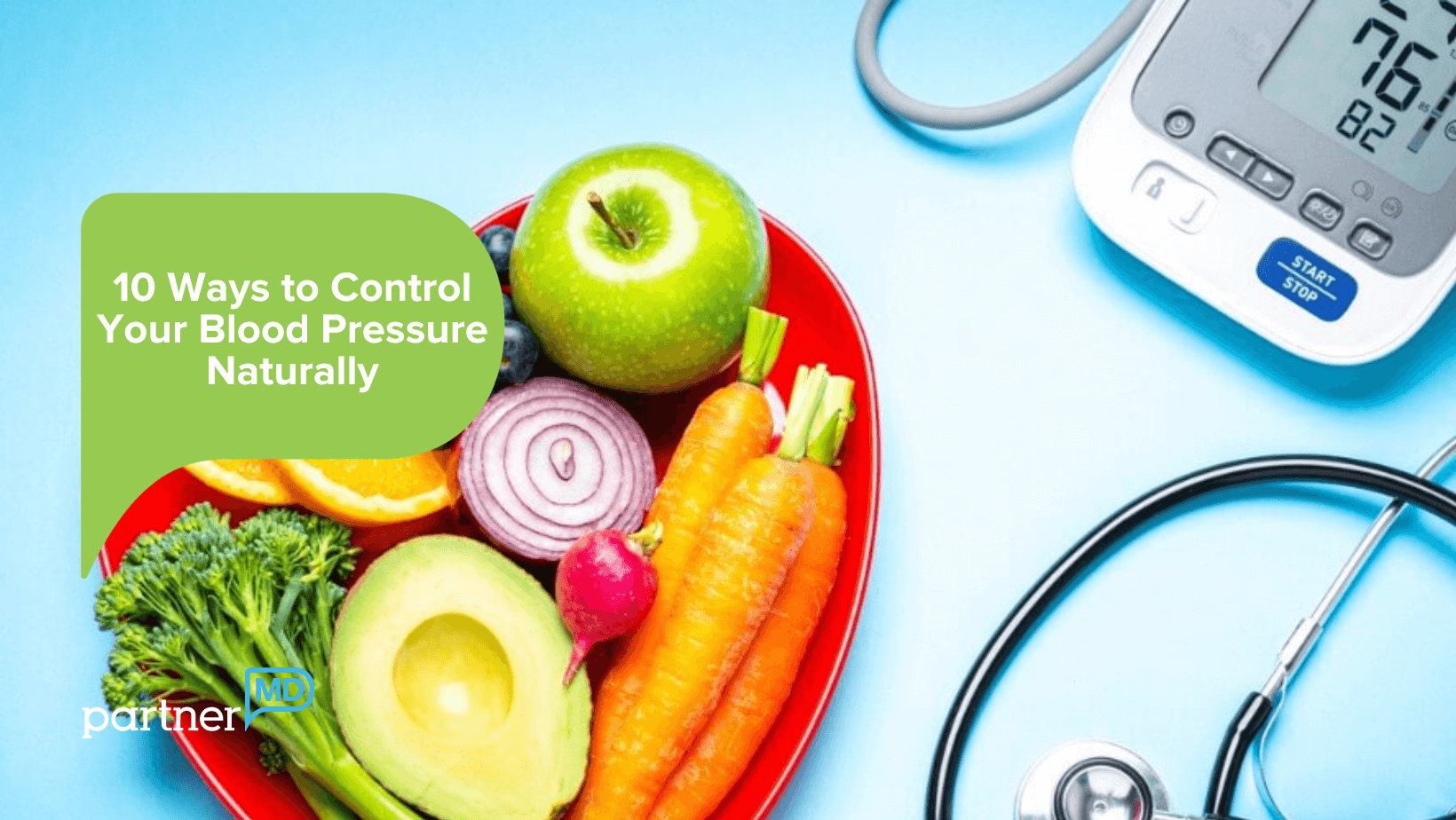
The total number of vaccines given to children can vary depending on the country and the specific vaccination schedule. In general, children receive a combination of vaccines to protect against various diseases during their early years. Here’s a general breakdown:
Hepatitis B (HBV): 3 doses, Diphtheria, Tetanus, and Pertussis (DTaP): 5 doses, Haemophilus influenzae type b (Hib): 4 doses, Polio (IPV): 4 doses, Measles, Mumps, and Rubella (MMR): 2 doses, Varicella (Chickenpox): 2 doses, Hepatitis A (Hep A): 2 doses, Pneumococcal (PCV13): 4 doses, Meningococcal: 2 doses, Human Papillomavirus (HPV): 2 doses (starting at age 11 or 12), Influenza (Flu): Annually, typically starting at age 6 months
Children are vaccinated against a variety of serious diseases to ensure their health and prevent the spread of infections. Some of the key diseases include Hepatitis B, which affects the liver, and Diphtheria, a bacterial infection that can cause severe throat and breathing problems. They are also vaccinated against Tetanus, a bacterial infection causing muscle stiffness, and Pertussis (Whooping Cough), which is highly contagious and causes severe coughing. Other diseases include Polio, which can lead to paralysis, and Measles, a viral infection known for its rash, fever, and cough. Vaccines also protect against Mumps, a viral infection that causes swelling of the salivary glands, and Rubella, which can cause birth defects if contracted during pregnancy. Varicella (Chickenpox), Hepatitis A, Pneumococcal Disease, and Meningococcal Disease are also prevented through vaccination. Additionally, the Human Papillomavirus (HPV) vaccine helps prevent certain cancers, and the annual Influenza (Flu) vaccine protects against the seasonal flu. These vaccinations are crucial in safeguarding children from preventable diseases and promoting public health.
Children are vaccinated against a broad range of diseases to protect their health and prevent the spread of infectious diseases in the community. Vaccines are designed to shield children from 14 major diseases, each of which can have serious or even life-threatening consequences. These diseases include Hepatitis B, a viral infection that affects the liver; Diphtheria, a bacterial infection that can lead to severe throat issues and difficulty breathing; Tetanus, a bacterial infection that causes muscle stiffness and spasms; and Pertussis (Whooping Cough), a highly contagious disease that causes severe coughing and can be dangerous, especially for infants. Children are also vaccinated against Polio, a viral disease that can cause paralysis, and Measles, a highly contagious viral illness that leads to a rash, fever, and cough, often accompanied by serious complications. Mumps, another viral infection that causes swelling of the salivary glands, and Rubella (German Measles), which can cause birth defects if contracted during pregnancy, are also preventable through vaccination.
Varicella, commonly known as Chickenpox, is a viral disease characterized by an itchy rash and fever, while Hepatitis A, another viral infection affecting the liver, is also prevented through vaccination. Children are also protected against Pneumococcal Disease, caused by bacteria that can lead to conditions like pneumonia, ear infections, and meningitis, and Meningococcal Disease, which causes meningitis and blood infections. The Human Papillomavirus (HPV) vaccine protects against certain strains of the virus that can lead to various cancers later in life, including cervical cancer. Finally, children receive the annual Influenza (Flu) vaccine to protect against seasonal flu strains, which can cause fever, cough, and fatigue, and sometimes lead to severe complications.
Altogether, children are vaccinated against 14 different diseases, each of which can cause severe illness or death. These vaccines are essential in preventing outbreaks of these diseases, reducing health risks for individuals, and contributing to public health efforts worldwide. By following the recommended vaccination schedule, children are protected from these dangerous diseases, leading to healthier communities and a reduction in preventable illnesses.
The Tetanus Toxoid (TT) vaccine is a key part of immunization schedules worldwide, aimed at preventing tetanus, a serious bacterial infection caused by the bacteria Clostridium tetani. This bacteria can enter the body through cuts, wounds, or other injuries and cause muscle stiffness and spasms, potentially leading to severe complications, including death if not treated promptly. The TT vaccine is designed to boost the immune system’s ability to fight off the toxin produced by the bacteria.
In many countries, the standard vaccination schedule for the TT vaccine consists of five doses in total. These doses are usually administered as follows:
- First dose: Given to infants or young children, typically as part of a combination vaccine (DTaP, which includes Diphtheria, Tetanus, and Pertussis), around 2 months of age.
- Second dose: Administered at around 4 months of age, as part of the same combination vaccine.
- Third dose: Given at approximately 6 months of age.
- Booster doses: After the initial three doses in infancy, booster doses are recommended to maintain immunity. The first booster is generally given between 4-6 years of age.
- Adolescent and adult boosters: After the initial series, a TT booster is recommended every 10 years throughout adulthood to ensure ongoing protection against tetanus.
In some cases, if a person sustains a deep or dirty wound, a tetanus booster may be given if their last dose was more than 5 years ago, as tetanus spores can be found in soil, dust, and animal feces, and may enter the body through an injury.
Overall, children typically receive five doses of the TT vaccine as part of their routine immunization schedule: three primary doses during infancy and two booster doses during childhood and adolescence. Regular boosters throughout adulthood are essential to maintaining immunity.
The diseases that children are vaccinated against play a crucial role in preventing serious health complications and protecting both individuals and communities. These vaccines help ensure that children are shielded from a wide array of dangerous infections, including:
- Hepatitis B (HBV): A viral infection that affects the liver and can lead to chronic liver disease, cirrhosis, and liver cancer if not managed.
- Diphtheria: A bacterial infection that can cause severe throat inflammation, breathing difficulties, heart failure, and even death if left untreated.
- Tetanus: Caused by a bacterial toxin that leads to muscle stiffness and spasms, often after an injury. It can be fatal without prompt treatment.
- Pertussis (Whooping Cough): A highly contagious respiratory disease characterized by severe coughing spells that can be dangerous, particularly for young children and infants.
- Haemophilus influenzae type b (Hib): A bacterial infection that can cause severe conditions such as meningitis, pneumonia, and epiglottitis, potentially leading to permanent disability or death.
- Polio (IPV): A viral infection that can cause paralysis, usually affecting the legs, and in severe cases, it can lead to respiratory failure.
- Measles: A viral infection that leads to a characteristic skin rash, high fever, cough, and runny nose. It can result in severe complications, such as pneumonia, encephalitis, and even death.
- Mumps: A viral infection that causes painful swelling of the salivary glands. It can also lead to complications like orchitis (inflammation of the testes) and, rarely, meningitis.
- Rubella (German Measles): A viral infection that is typically mild in children, but can cause serious birth defects in pregnant women who contract it, such as hearing loss, heart defects, and developmental delays in the baby.
- Varicella (Chickenpox): A highly contagious viral infection that causes an itchy rash, fever, and can lead to serious complications such as pneumonia or infections of the skin.
- Hepatitis A: A viral infection affecting the liver, typically spread through contaminated food or water. It can cause jaundice, abdominal pain, and fatigue, but is usually self-limiting.
- Pneumococcal Disease (PCV13): Caused by a bacterium, this infection can lead to pneumonia, ear infections, meningitis, and sepsis, with the potential for long-term health problems.
- Meningococcal Disease: A serious bacterial infection that can lead to meningitis (infection of the brain’s protective covering) and bloodstream infections, both of which can be fatal if not treated immediately.
- Human Papillomavirus (HPV): A virus that can lead to the development of various cancers, including cervical, anal, and throat cancers. The vaccine helps prevent the most dangerous strains of the virus.
- Influenza (Flu): A seasonal viral infection that can cause fever, chills, fatigue, cough, and sore throat. It can lead to serious complications, especially in young children, elderly adults, and those with weakened immune systems.



 DailyMediCure
DailyMediCure 















